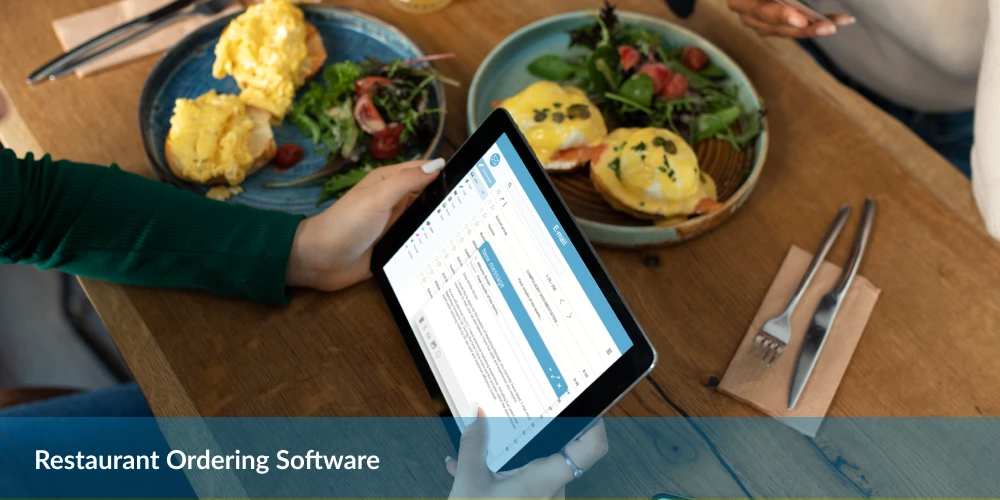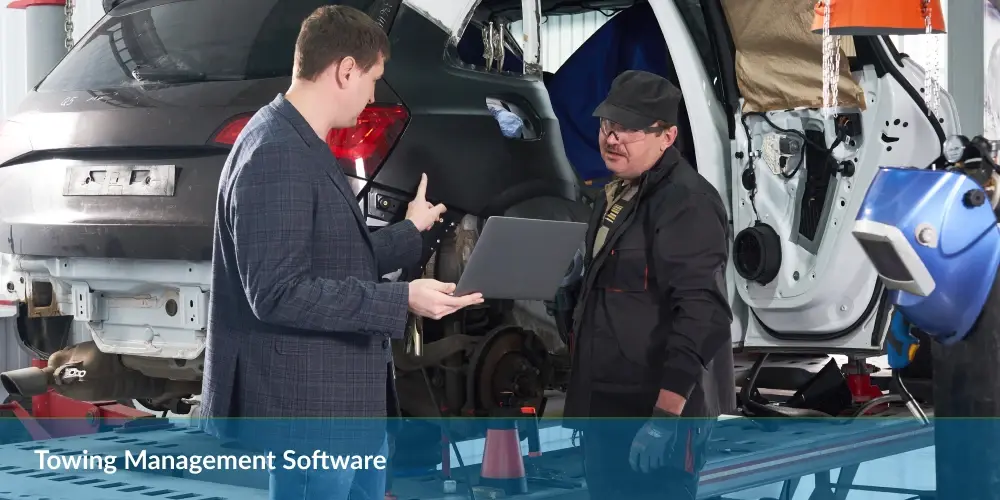Table of Contents
Furniture delivery business is a lucrative and challenging business. No surprise there. Transporting large pieces of furniture without scuffing them is taxing. And, it becomes an even tougher nut to crack once you are trying to deliver multiple orders to different locations.
Furniture retailers are promptly on the on-demand delivery bandwagon, but it has become a complete roller coaster ride for them ever since the pandemic began.
The current revenue for furniture and appliances is a whopping $362.9 billion and experts believe it will increase by 25% to a value of $455.4 billion in the next five years.
\While most furniture sellers are keen on increasing their online sales in the next few years, they are always looking for solutions that can help them automate and streamline the logistics side of their business.
It all comes down to planning their process carefully and integrating it into a delivery management system to achieve optimal furniture pick-up and delivery results.
However, it does come with a prominent set of challenges.
Top Challenges in Furniture Delivery Business
Gen Z and millennials contribute immensely to the constantly evolving furniture manufacturing industry. They are always looking for new and improved furniture designs, driven by their high disposable incomes. The increasing preference for bespoke furniture also drives the furniture manufacturing industry towards creating minimalistic yet effective designs that can be sold online at premium prices. Supply and demand dynamics are crucial, with manufacturers responding to consumer preferences and economic trends. As the economy grows, so does the purchasing power of consumers, further stimulating demand. Effective marketing strategies are essential for capturing the attention of these tech-savvy generations, ensuring sustained economic growth and a thriving furniture manufacturing sector.
But is creating and showcasing designs with beautiful pictures on e-commerce platforms enough to become leaders in the online market space? Catchy product descriptions and discounts are great add-ons to increase customer delight, but that will not guarantee a delightful customer experience. Significant investment in application software, such as advanced web tracking and analytics tools, can help businesses understand and engage their customer base more effectively. Additionally, conducting thorough marketing research ensures companies stay ahead of trends and customer preferences. Meanwhile, innovative product offerings, like wheelie bikes, can attract niche markets and diversify the product portfolio, further enhancing the brand’s appeal and market position.
So, a seamless delivery experience is essential to creating a positive and memorable customer experience. That is why many successful brands optimize their last-mile deliveries, focus on increasing customer transparency, and constantly work towards reducing overall delivery times. Effective market penetration strategies are supported by leveraging Platform as a Service (PaaS) solutions and advanced information technology systems. Additionally, referral marketing is crucial in expanding the customer base by incentivizing existing customers to bring in new ones. By integrating these elements, businesses can enhance customer satisfaction and drive sustainable growth in the competitive online market.
Let’s look at the 5 top challenges furniture pick-up and delivery faces.
Lack of Transparency in the Delivery Process: Today, customers track their orders, expect to see the order progress, and receive alerts on the go. A lack of communication reduces customer satisfaction and erodes trust. For a moving company, effective communication and material handling are crucial. Providing real-time updates and ensuring transparency throughout delivery can significantly enhance customer trust and satisfaction. Utilizing advanced tracking systems and proactive communication strategies ensures customers are informed at every stage, contributing to a positive and reliable service experience.
Manually Planning Routes:
Your delivery agents are equally important in helping you improve the delivery experience. They heavily rely on technology to navigate multiple pick-ups and delivery locations. Manually planning routes increases delivery time, agents’ idle time, and delivery costs. As a result, it reduces the delivery agents’ productivity. Efficient cargo management and professional route planning software are essential for minimizing travel time and optimizing delivery schedules. Additionally, strategically located distribution centers ensure timely deliveries and reduce logistical challenges. By leveraging these resources, companies can enhance the efficiency of their delivery operations and provide a superior customer experience.
Inefficient Reverse Logistics: E-commerce giants offer outstanding reverse logistics experiences, adding pressure to many SMBs as they are expensive and require an efficient workflow. Utilizing Platform as a Service can help streamline these processes by providing scalable and flexible solutions. Rapid transit options and effective relocation strategies for inventory can further enhance logistical efficiency. Properly managed workplace schedules ensure that staff can handle returns promptly and efficiently. By implementing these measures, SMBs can improve their reverse logistics operations and better compete with larger e-commerce players.
Increasing Last-Mile Delivery Costs: Last-mile deliveries constitute over 50% of supply chain and logistics pricing. The costs are higher for furniture delivery businesses as the products are large and often packaged into unusual shapes. Properly arranging goods in the delivery vehicles isn’t enough to maximize the capacity. Also, heavy packages require more labor, making the service more expensive and changeable. All these factors make last-mile delivery costs a significant point of concern for on-demand furniture delivery businesses.
Using Paper-Based Documentation: In addition to delivering furniture, your delivery agents must handle checklists, proof of delivery, and other paperwork to fulfill an order. Utilizing traditional methods leads to human errors. Implementing digital solutions for these tasks can streamline the process and minimize mistakes. Real-time reporting tools can help track delivery statuses, document proof of delivery, and manage checklists efficiently. By adopting these technologies, companies can ensure accuracy, reduce errors, and improve the overall efficiency of their delivery operations.
Can Technology Make Things Better?
While solving these challenges seems like a tall order, it is not impossible to attain harmony with the help of the right technological solution. Leveraging a delivery management solution can help furniture businesses to automate and optimize delivery operations.
Delivery management systems offer a wide range of features that help furniture companies meet their customers’ demands while minimizing costs.
Let’s look at how delivery management helps you tackle the top challenges.
1. Better Customer Experiences
Establish a clear line of communication between customers and delivery partners. Leverage an agent app to alert agents with upcoming tasks, customer information, and order details. Notify customers in real-time with push notifications, SMS, or email about the order status.
2. Dynamic Route Optimization
Leverage a delivery management solution with state-of-the-art artificial intelligence (AI) capabilities to optimize routes for the delivery teams. You can use this capability to establish the shortest route, manage any upcoming congestion and inform the customers about the exact location of the delivery vehicle in real-time.
3. White-Glove Delivery
While many logistics companies think of it as an expensive endeavor, white-glove delivery is actually a low-cost shipping option for larger goods like furniture.
Incorporate white-glove delivery services into your delivery management system and help furniture businesses to optimize their delivery operations in the following manner.
- Finding out the exact packaging requirements for a particular order
- Implementing proper measures to secure the goods during transit
- Incorporating shock-absorbing packaging for relatively delicate furniture items
- Safely organizing a maximum number of goods in limited space available in delivery vehicles
4. Automating Processes
Labor-intensive processes are often most prone to errors, leading to higher operational costs. By automating dispatch, digital proof of delivery, and customized notifications for customers, furniture delivery businesses can make their operations more cost-effective.
Also, automation generates analytical data for all the processes involved and helps you keep an eye on your teams’ performance using real-time and historical data.
5. Better Last-Mile Delivery Economics
One significant advantage of using a delivery management system is that it allows you to create a geofence. Geofencing allows you to manage delivery routes efficiently, and the data collected during deliveries can also be used to improve the efficiency of your delivery teams.
Geofencing transforms last-mile delivery operations by automating dispatch, managing fleets through GPS-based parameters, and offering critical information like delays and emergencies using in-built triggers.
Technology also reduces malpractices like vehicles deviating from prescribed routes, avoiding scheduled maintenance checks, and securing vehicles against general damage and theft. You can also keep track of the vehicles in the field and send roadside assistance or backup teams if they get stranded for some reason.
You can learn more about optimizing your last-mile delivery operations here.
Next Steps
Furniture delivery businesses need to incorporate new technology solutions into their logistics to stand a better chance in the hypercompetitive environment. In addition, by offering solutions like electronic proof of delivery, and white-glove services they are establishing new brand values in the mind of the customers.
The solutions discussed are just the tip of the iceberg. NetworkON has a comprehensive range of features that furniture delivery businesses can take advantage of.
You can also extend the number of functionalities in the logistics arm of your business with tech-savvy integrations available in the NetworkON App Marketplace.
To know more about the complete list of features that NetworkON has to offer, click here. You can also contact our experts to find out how our delivery management software can add tremendous value to your business.
For more information, email us at info@networkon.io, or visit our website.
Do you know of any other ways furniture delivery businesses can combat the challenges they face every day? Share your views in the comments.





0 Conversations